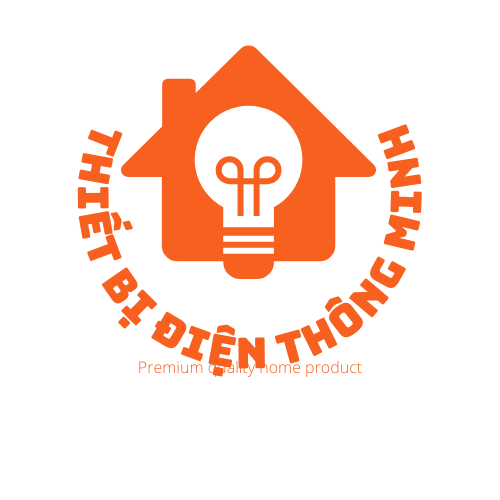##Industry Landscape##
### #Present Industry Metrics#
The European automotive parts sector currently generates over €350 billion annually, experiencing a 4% CAGR decline since 2019[2][9]. This contraction contrasts with 130,000+ available SKUs maintained by major distributors like Euro Car Parts[1][7][15]. Workforce metrics indicate 2m industry professionals sustain operations across manufacturing and distribution channels[2][9]. https://carparteu.com/
### #EV Transition Effects#
Accelerated adoption of hybrid vehicles drives 17% annual growth in battery components demand, offsetting declining internal combustion engine parts[2][5]. The EU’s 2035 combustion engine ban threatens 28% revenue reduction for traditional drivetrain suppliers[2][5].
##Compliance Ecosystem##
### #Vehicle Certification Protocols#
EU Directive 2007/46/EC enforces system-level compliance through e-Mark approvals covering 150+ technical regulations[3][10][14]. KBA-approved testing facilities validate crash safety metrics using UN R155 cybersecurity standards[14][10].
### #Right-to-Repair Legislation#
The 2024 EU Design Regulation dismantles OEM repair monopolies for windscreens, generating projected €720 million annual savings through third-party supplier competition[5]. Transition periods vary: 8-year phaseouts across member states based on prior regulatory frameworks[5].
##Distribution Networks##
### #Major Distributors#
FEBEST dominate cross-border logistics with 20,000 daily searches across 50 countries, leveraging in-house fleets for hourly workshop replenishment[4][8][11][13]. European Auto-Parts Exporters specialize in truck trailer parts, maintaining €200M inventories[12][13].
### #Compliance Mechanisms#
SAE International standards ensure component interoperability through ISO/IEC 17025 testing of LED lighting systems[6][14]. Euro Car Parts enforce 12-month warranties on remanufactured transmissions[1][15].
##Technological Disruption##
### #Digital Integration#
Platforms like EUROPART EWOS utilize AI recommendation engines achieving 90% order accuracy, integrated with IoT inventory systems[8][12][15]. FEBEST deploy 3D parts visualization across 100,000+ OE references[4][11].
### #Additive Manufacturing#
Aftermarket suppliers pilot on-demand spares production for discontinued components, reducing lead times by nearly half through localized print hubs[9][13].
##Strategic Challenges##
### #Profitability Stress#
Intensifying competition from Eastern European manufacturers forces cost-optimization initiatives among German suppliers[9][10]. GSF counter with 190+ pickup points offering 30-minute fulfillment[1][15].
### #Workforce Gaps#
The EV diagnostic requirements creates critical technician shortages, prompting VR training simulators with manufacturing academies[12][15].
##Future Projections##
### #Sustainable Practices#
Remanufactured assemblies target 55% market penetration through EU End-of-Life Vehicle Directive incentives[5][9]. Battery recycling plants centers emerge near urban hubs[2][14].
### #ADAS Adaptation#
LiDAR calibration kits require ISO 26262 updates, driving OEM-Tier 1 collaborations across Stuttgart[10][14].
##Conclusion#
#The EU automotive parts sector maneuvers through unprecedented transformation from right-to-repair policies. industry leaders will balance cost competitiveness with digital agility. As 2035 deadlines approach, strategic pivots toward EV service ecosystems separate consolidators from legacy providers[2][5][9][14].#
